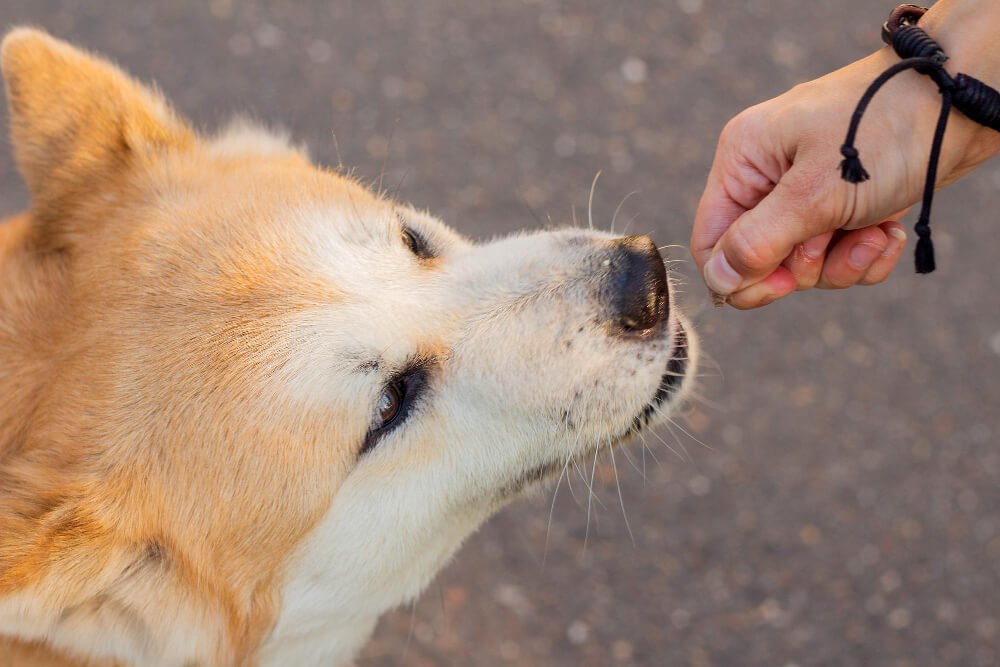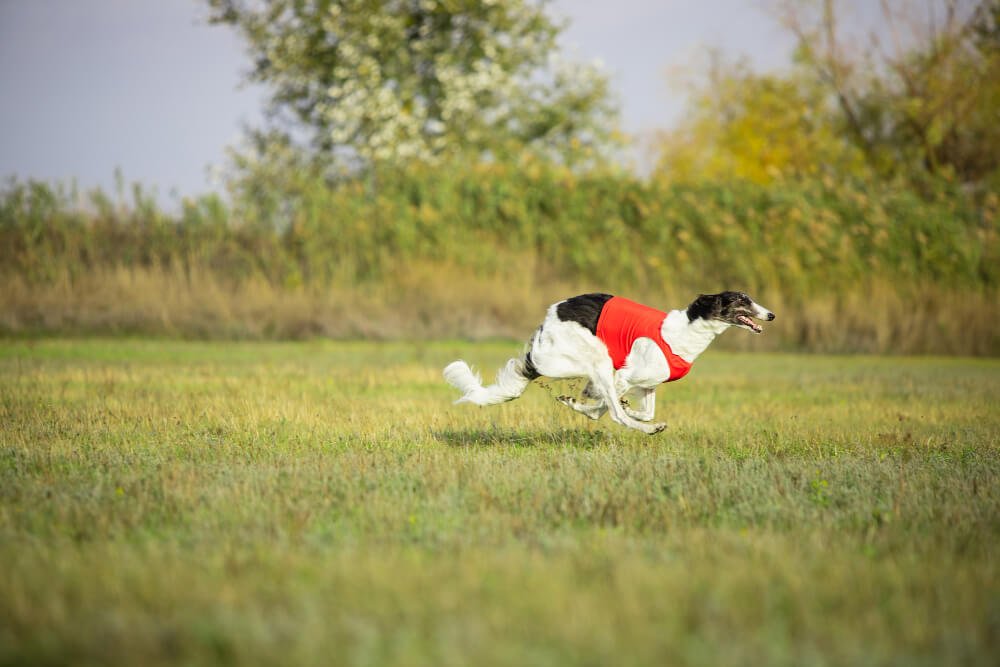Dogs are the most popular pets in the world. They are loyal and loving to their owners. They also provide many human benefits, such as companionship, protection, and assistance with hunting. The following article will explore some of the most interesting facts about dogs.
1. Dogs have been around for at least 30 million years

Dogs have been around for at least 30 million years. They are man’s best friends and have a special place in our hearts.
2. Dogs can be trained to perform a variety of tasks

Dogs have been trained to do a variety of functions and they can be trained to perform them without any human intervention. They can be trained to do things like: retrieve objects, find people, and even pull carts.
3. There are over 400 breeds of dogs

Another interesting fact about dogs Dogs come in an incredible variety of shapes, sizes, and colors. There are over 400 dog breeds in the world. They come from various backgrounds, such as hunting dogs, working dogs, herding dogs, guard dogs, and more.
4. The dog has the same set of teeth as the wolf

The canine teeth are used for shearing meat and crushing bones. They are also needed for holding onto prey and fighting off other dogs.
5. There are about 400 million dogs in the world and about 70% of households own at least one dog

A dog’s life is a happy one. Dogs are the world’s most common pet; with about 400 million. They are usually very friendly, but sometimes they can be stubborn and not listen to their owners.
Dogs have been around for more than 20,000 years and were first domesticated by humans 12,000 years ago. Dogs have been used for hunting, herding sheep, guarding livestock, and being our best friends.
6. The domestication of the dog was an accident, not a planned event

Dogs are domesticated animals. They have been living with humans for at least 15,000 years and the domestication of the dog was an accident, not a planned event.
The domestication of the dog was an accident, not a planned event. Dogs have been living with humans for at least 15,000 years and were initially used to help humans hunt and guard their homes. The domestication of the dog was an accident, not a planned event.
7. Dogs are descendants of wolves, coyotes, and foxes

Dogs are descendants of wolves, coyotes, and foxes. Dogs are the only domesticated animal that can’t be found in the wild. All other domesticated animals were originally wild animals that humans had tamed.
8. Dogs can see colors but cannot see the same colors humans see

They can only see blue and yellow, so they often stare at those colors when they are watching TV or playing with a toy on the floor with those colors on it.
9. Dogs communicate through scent glands in their paws and by urinating on objects to mark their territory and tell other dogs about themselves (their sex, age, health status)

Dogs are social animals and have many ways to communicate with each other. One way to communicate is through scent glands in their paws and urinating on objects to mark their territory.
Dogs also use body language to communicate, such as wagging their tails, barking, growling, or showing teeth.
Dogs use scent glands in the pads of their feet to leave messages for other dogs when they urinate on objects like rocks or trees.
10. The word “dog” is derived from the Old English word “dag,” which means “a day”

11. Dogs have a sense of smell that is 1 million times more sensitive than human beings

This means that they can detect scents from up to 100 miles away. A dog has an olfactory system with over 200 million scent receptors in its nose. These receptors are what help them detect and identify smells.
12. The heaviest dog on record weighed 155 pounds and was a Great Dane from England

1858, a Great Dane from England was named the most severe dog on record. The dog weighed 155 pounds and measured 3 feet in height and 7 feet in length. But is this the most powerful dog?
13. Dogs can hear sounds that are higher pitched than humans can listen to (up to 45 kHz)

Dogs have a better sense of smell than humans. They have about 220 million scent glands, while humans only have 5 million. Dogs can hear sounds that are higher pitched than humans can listen to (up to 45 kHz).
14. PuPuppyeeth never stop growing and usually don’t start wearing down until they’re three or four years old

Dog teeth never stop growing and usually don’t start wearing down until they’re three or four years old. A puppy’s baby teeth are much smaller than their adult teeth because they don’t need them at that stage.
15. The average American dog is nine years old and has a life expectancy of about 12 to 15 years

The average American dog is nine years old and has a life expectancy of about 12 to 15 years, with 6 being the median age for dogs.
16. Dogs don’t sweat as we do

Dogs are famous for their ability to smell and don’t use sweat glands to cool off.
Dogs don’t sweat as we do but pant to cool themselves down. Dogs have a few other ways to keep themselves cool: They can open their mouths and pant, which helps them create air currents that help them cool off; they can drink water or lick their paws, which gives them a cooling sensation; and they can lie down on the ground or grass in the shade.
17. Some Dogs are fast and could even beat a cheetah!

Here is a fact about dogs that you probably didn’t know – Some dogs can go for long periods without food. They can even beat a cheetah in a race!
The ability to fast is not exclusive to humans. Some dogs can go for long periods without food. They can even beat a cheetah in a race!
18. Your dog could be right or left-pawed

Dogs are a man’s best friend and it is not surprising that there are so many exciting dog facts. One of the most interesting facts is that canines have a dominant paw, which means that they prefer to use one paw over the other. This can be seen when they walk or drink water.
Canines also have different behaviors when they see different colors. For example, dogs prefer to eat food from a dish with a yellow rim while urinating on green grass.
19. A dog’s intelligence is comparable to that of a two-year-old child

our last fact in the 19 facts about dogs is that Dogs have been proven to be good at problem-solving tasks and can solve a puzzle in a way similar to human toddlers. They also excel at recognizing scents which is why they are often used in search and rescue missions.





Add comment